Tag: next bike adventure
-
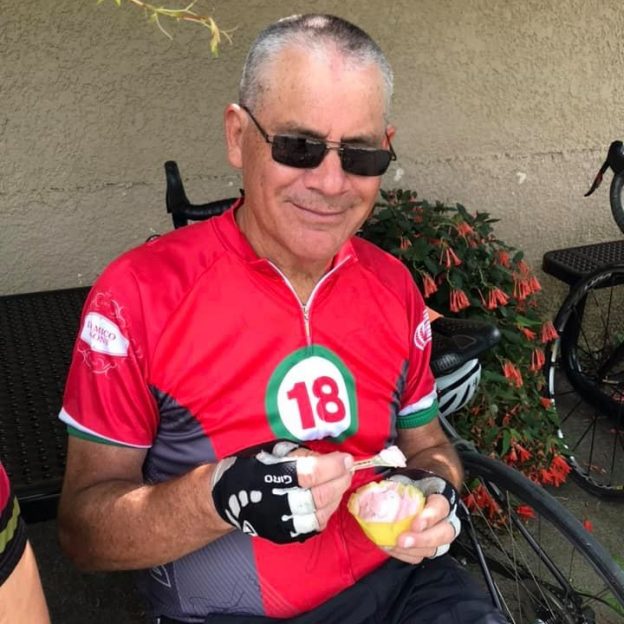
Bike Pic Aug 16, Ice Cream Smiles Sunday adds fun to the weekend
Ice Cream Smiles Sunday adds fun to your weekend
-
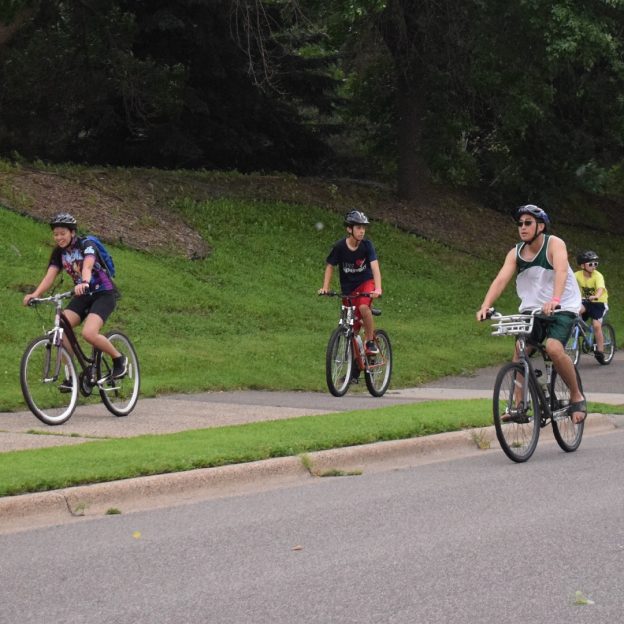
A Twin Cities Gateway bicycle adventure, pre or post your soccer game
Before or after that next soccer game at the National Sports Center, grab the handlebars of a bicycle for a true north Twin Cities Gateway bicycle adventure. Surrounding the soccer fields, in Blaine, MN, the nine communities of the Gateway offer hundreds of miles of paved trail for you and family members to enjoy. Made…
-
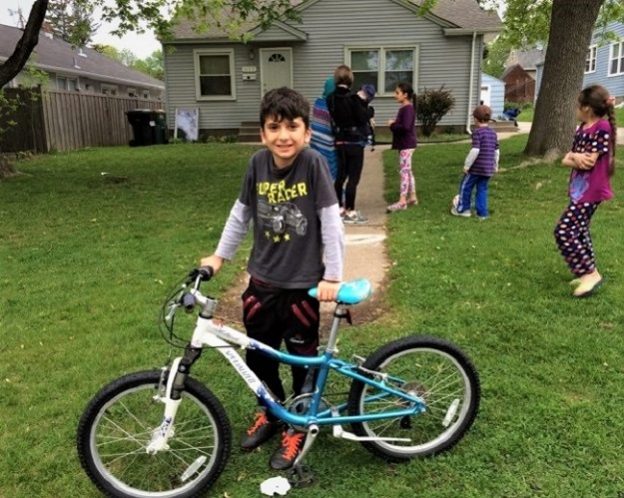
Help a kid smile, donate any old bikes you have this Saturday
Do you have a bike or two collecting dust, taking up space and no longer needed? If so, consider donating them to Free Bikes 4 Kids (FB4K) for their 11th annual drive, putting more smiles on kids faces. For those who have already donated extra bikes laying around, you can still help by volunteering to…
-
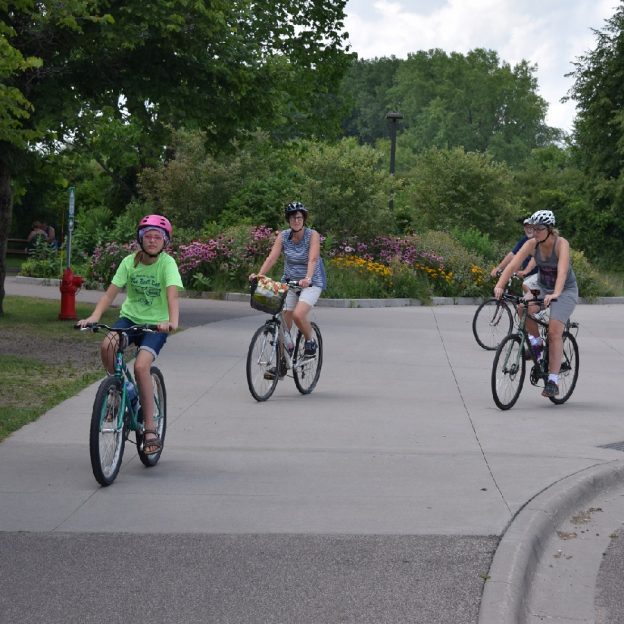
An endless bike adventure in the Twin Cities Gateway of Minnesota
Take a deep breath as you grip your handlebars and prepare for a bike adventure in the northern suburbs of the Twin Cities. You will feel as if you’re deep in the country. As this north metro community area borders the Mississippi River Trail it can be your personal playground while visiting.
-
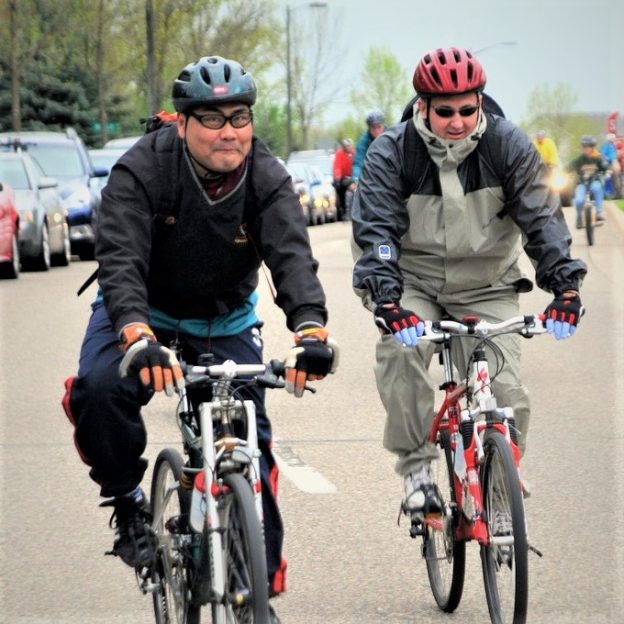
How to pick the right cycling clothes for any condition
With winter showing signs of ending and roads soon beginning to clear of snow and ice, we all look forward to venturing out into the world on two wheels. The following should help you find the right cycling clothes for that #NextBikeAdventure, so take a look at these tips.
-
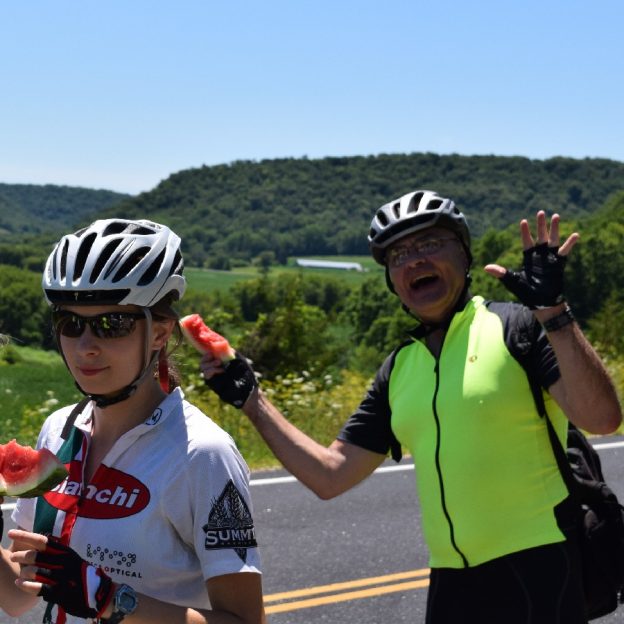
Explore Southeast Minnesota on the 2nd Annual Bluff Weekend Bike Ride
As many enjoy the scenery along the Root River Bike Trail. Here is you chance to explore more of Bluff Country’s wonders on the bluff weekend bike ride this summer. Scheduled over July 7, 8 & 9th, the Bluff & Valley Bike Tour participants will discover many of the “driftless areas” mysteries. While eagles soar…
-
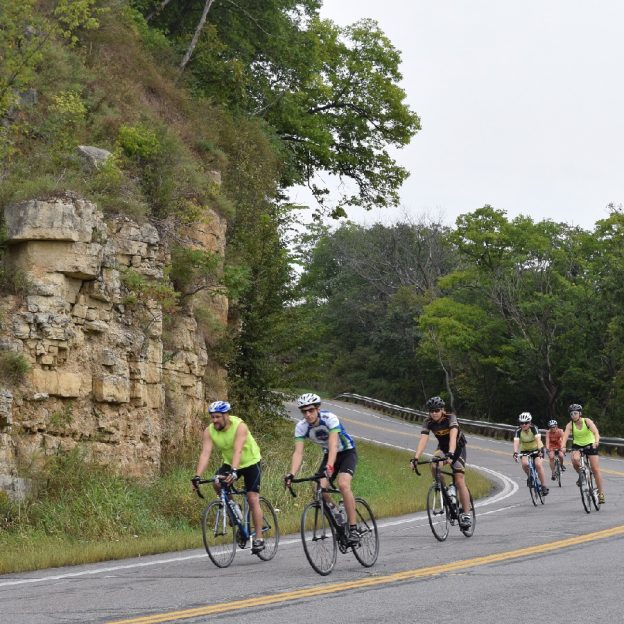
Root River Trail Towns Offer A Weekend Of Fun On Their Annual Ride
Join the fun as the nine Root River Trail Towns host the 2nd Annual Bluff & Valley Bicycle Tour over the weekend of July 7-9, showcasing some unique points of interest and history in Minnesota’s driftless area.
-
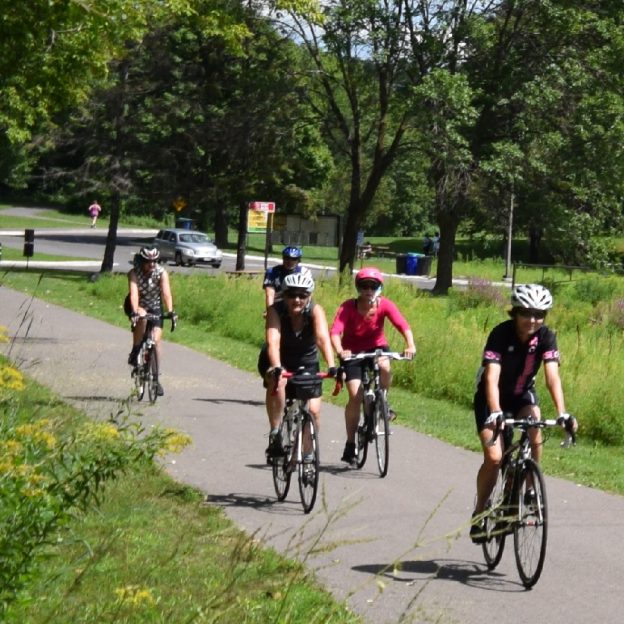
Ride Your Bicycle Around Northfield to Discover the Town’s History
What started as an agriculture and milling community, along the Cannon River with two colleges, has transformed into a place for cycling tourist of all skill levels and interests to enjoy. There is even a reenactment and annual bike ride, each fall, centered around the 1876 Jesse James gang bank robbery that put Northfield, Minnesota…
-
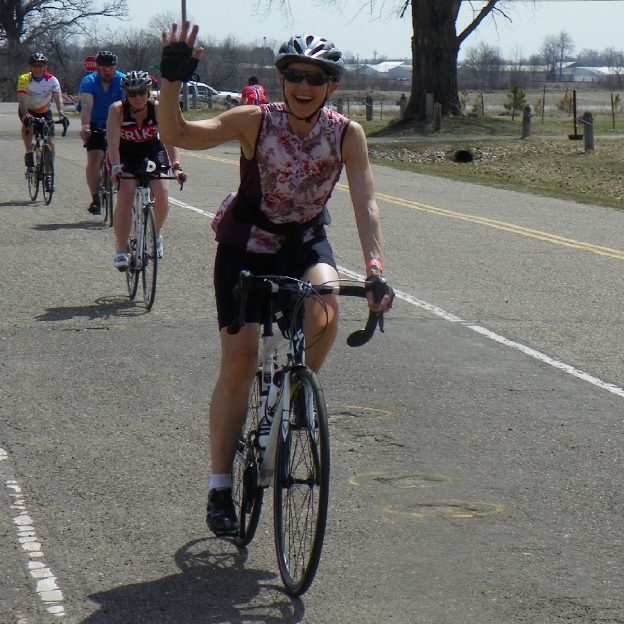
The Minnesota Ironman: Sign Up this Wednesday for the Experience of a Lifetime and Save
The Minnesota Ironman is the kickoff event for cyclists of all skill levels, starting this year in Waconia and touring Carver County. Find out more about why you should sign up now and save.
